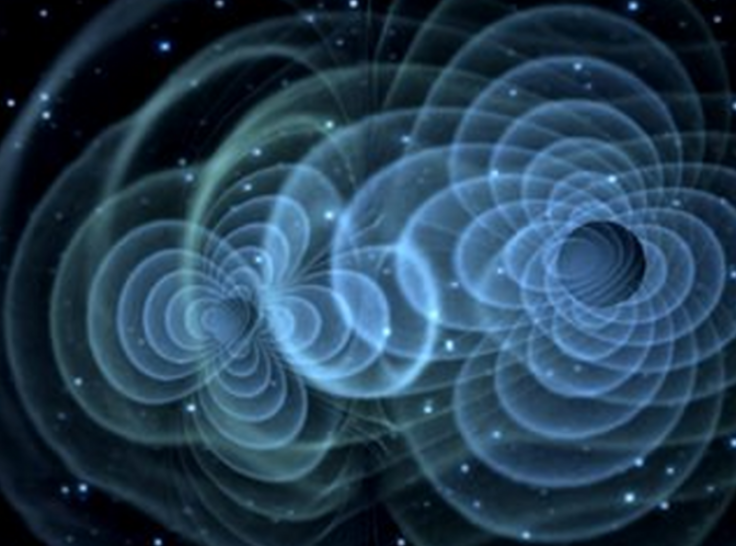Japanese underground telescope to join hunt for gravitational waves

A giant underground telescope to detect gravitational waves was unveiled this week in central Japan at a mine site. The project will start looking from next March for these space time ripples created by impact of an object. It is led by Takaaki Kajita, a University of Tokyo professor who shared this year's Nobel Prize in physics.
Full-scale activities using the telescope are scheduled to start in the fiscal year starting April 2017, reports Japan Times. The Kagra telescope is installed 200 metres underground inside an L-shaped tunnel with each arm extending 3km. Laser beams moving back and forth inside vacuum pipes are used to detect the waves.
"Although the device is built, the project has just begun. We want to detect gravitational waves by improving levels of sensitivity to our target two years later," Shinji Miyoki, associate professor of the University of Tokyo's Institute for Cosmic Ray Research, said.
Similar huge telescopes are operational in the United States and Europe. The idea of gravitational waves was first put forward by Albert Einstein 100 years ago, however they are so weak scientists have not been able to detect them.
Gravitational waves can be produced by anything that is massive and accelerating. It is believed that gravitational waves emitted around a trillionth of a second after the Big Bang if detected could confirm the inflation theory of the universe. Other than the Big Bang, other cataclysmic events that could produce them would be two black holes colliding and fusing into one.
© Copyright IBTimes 2025. All rights reserved.





















